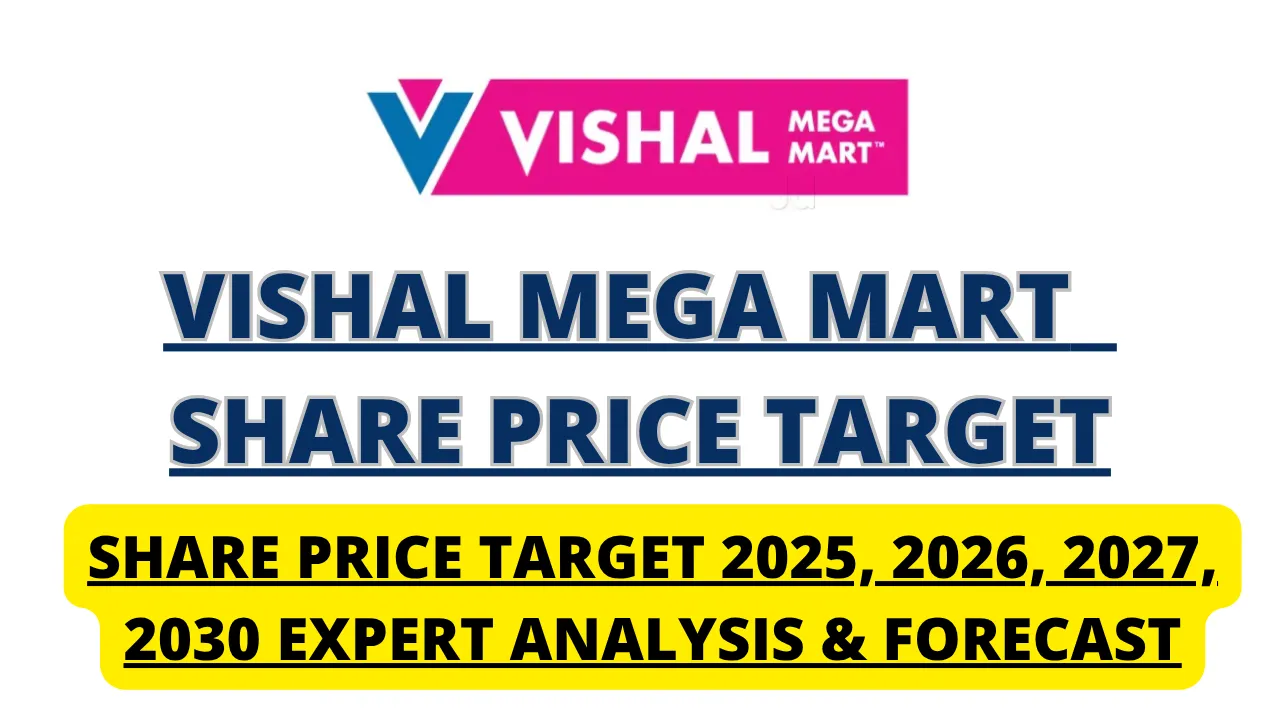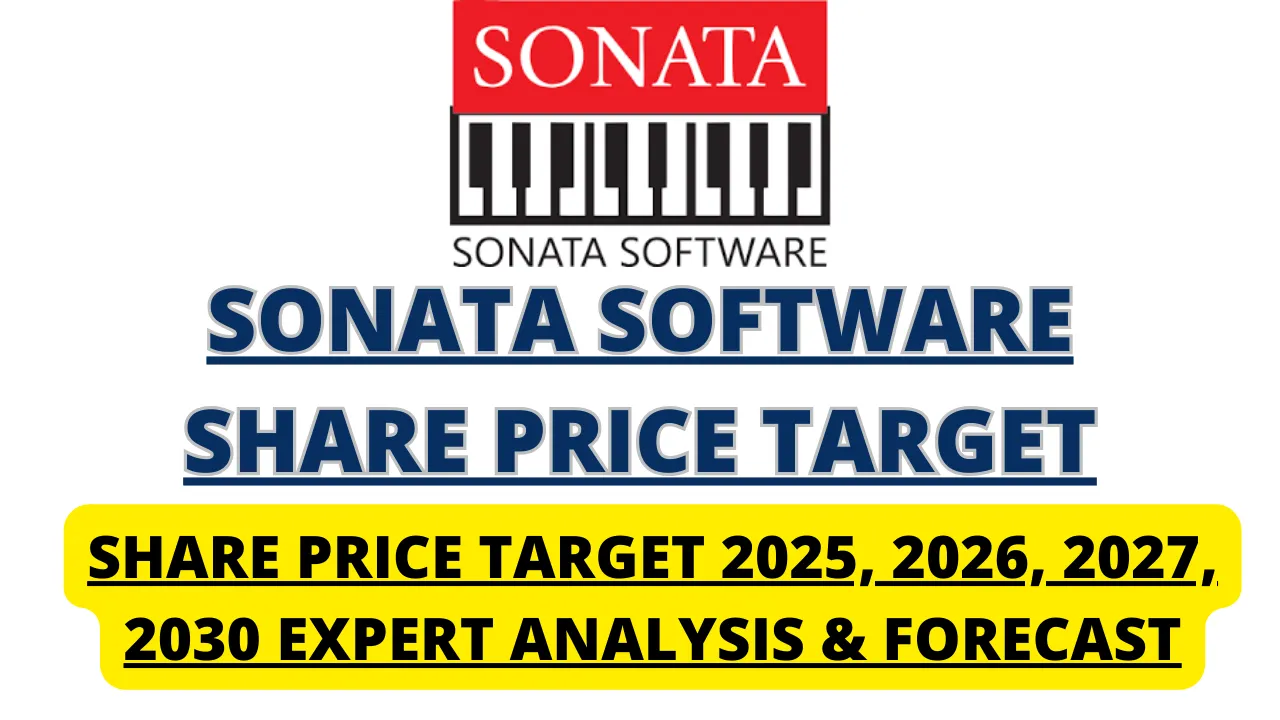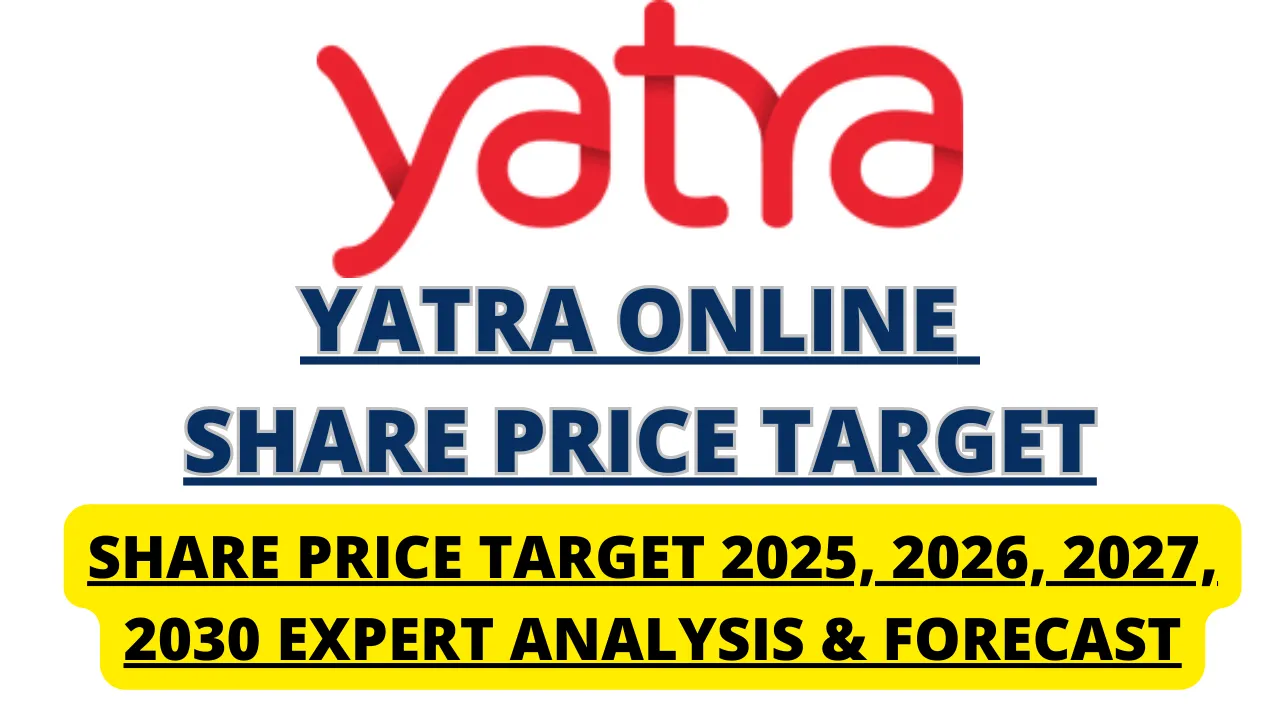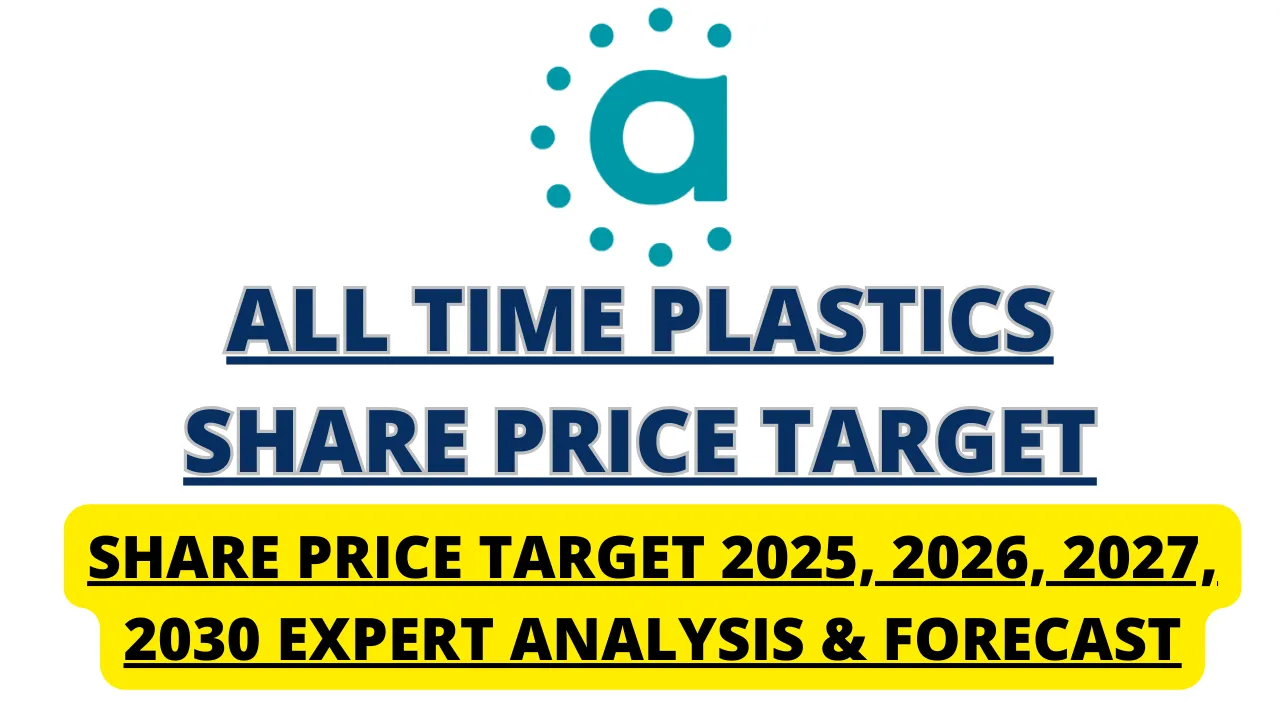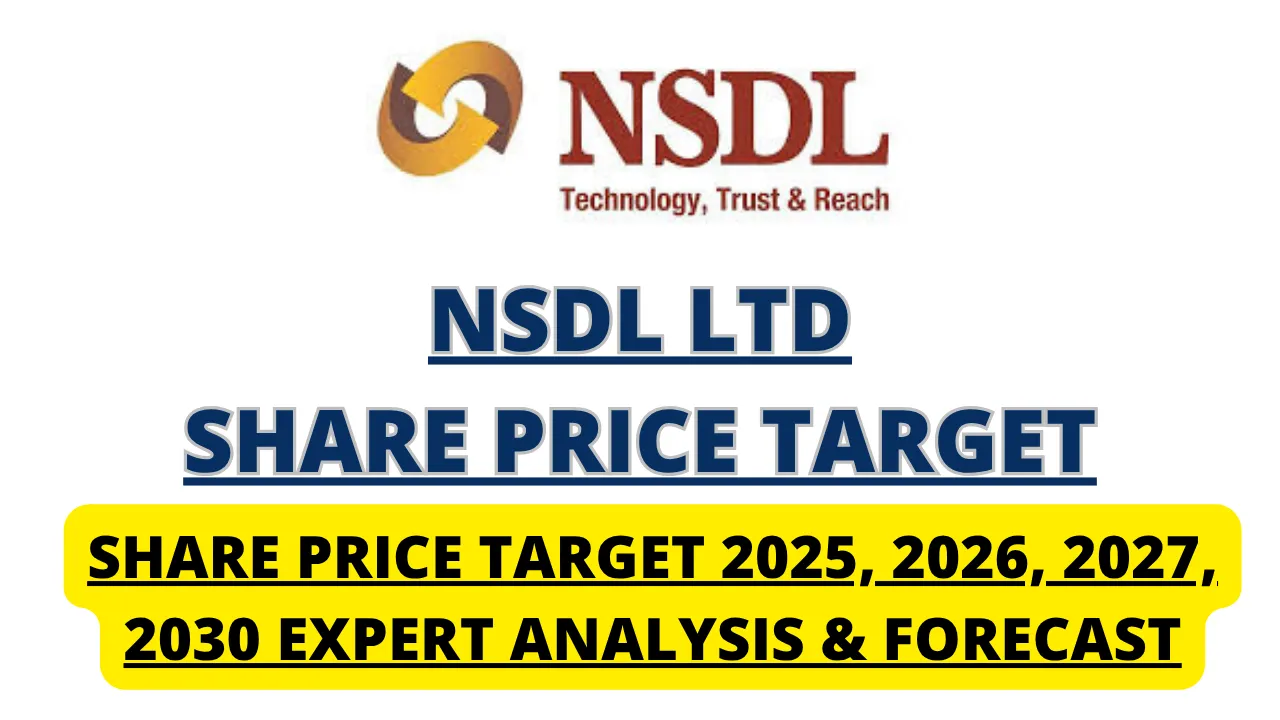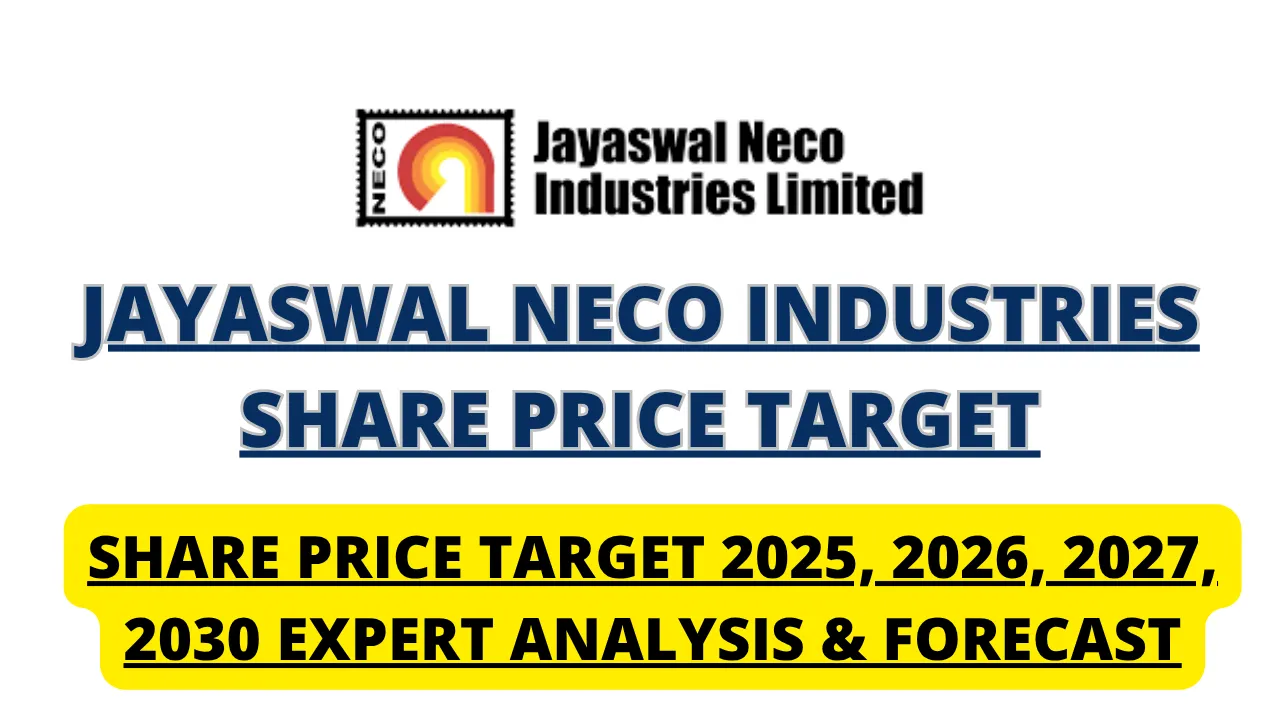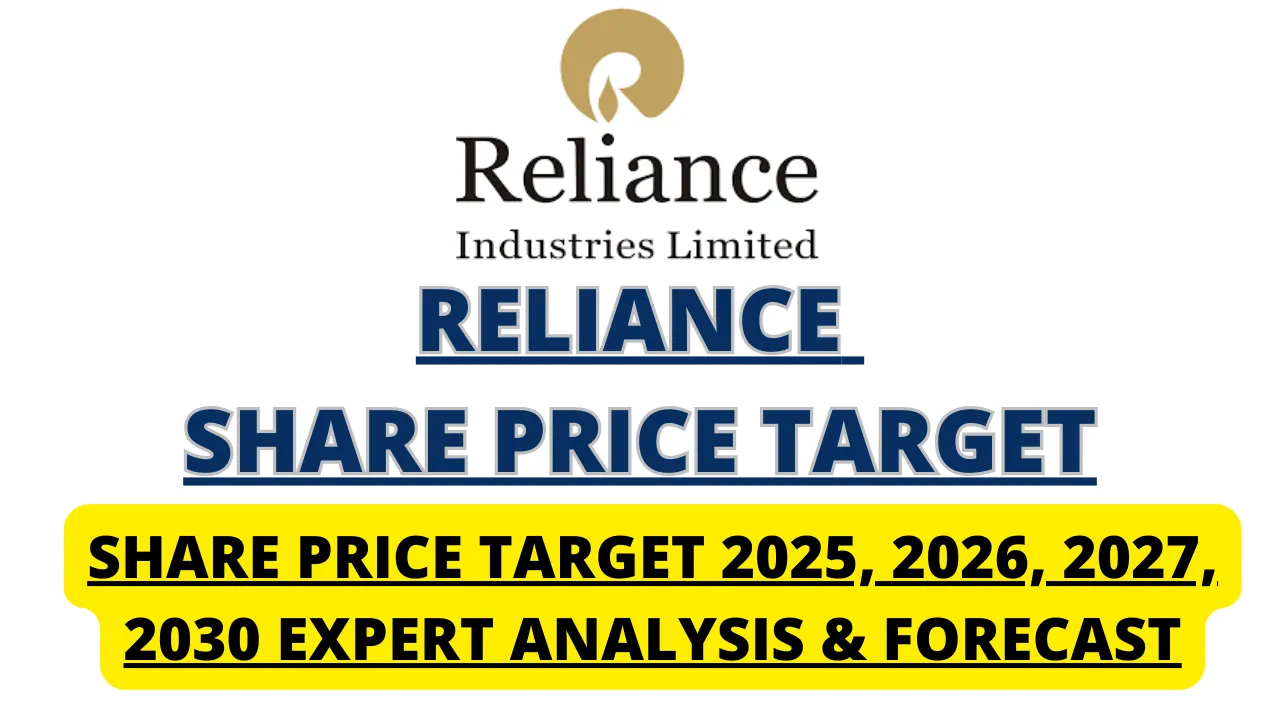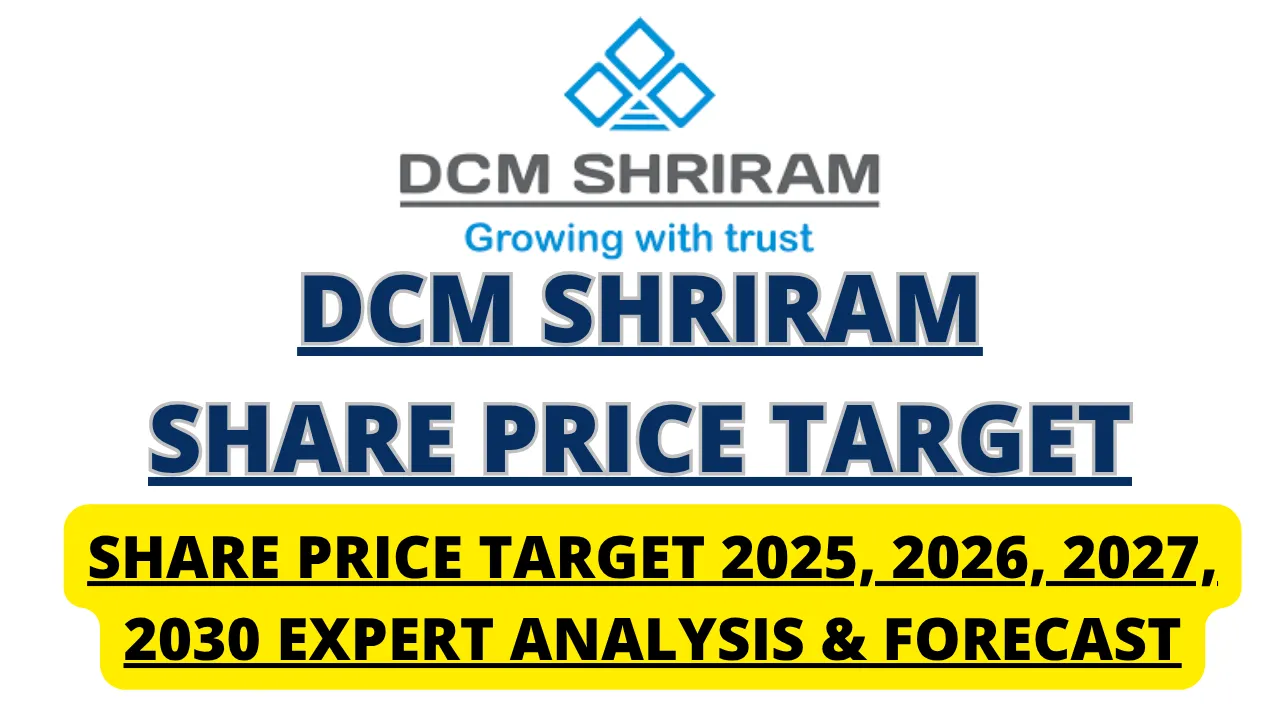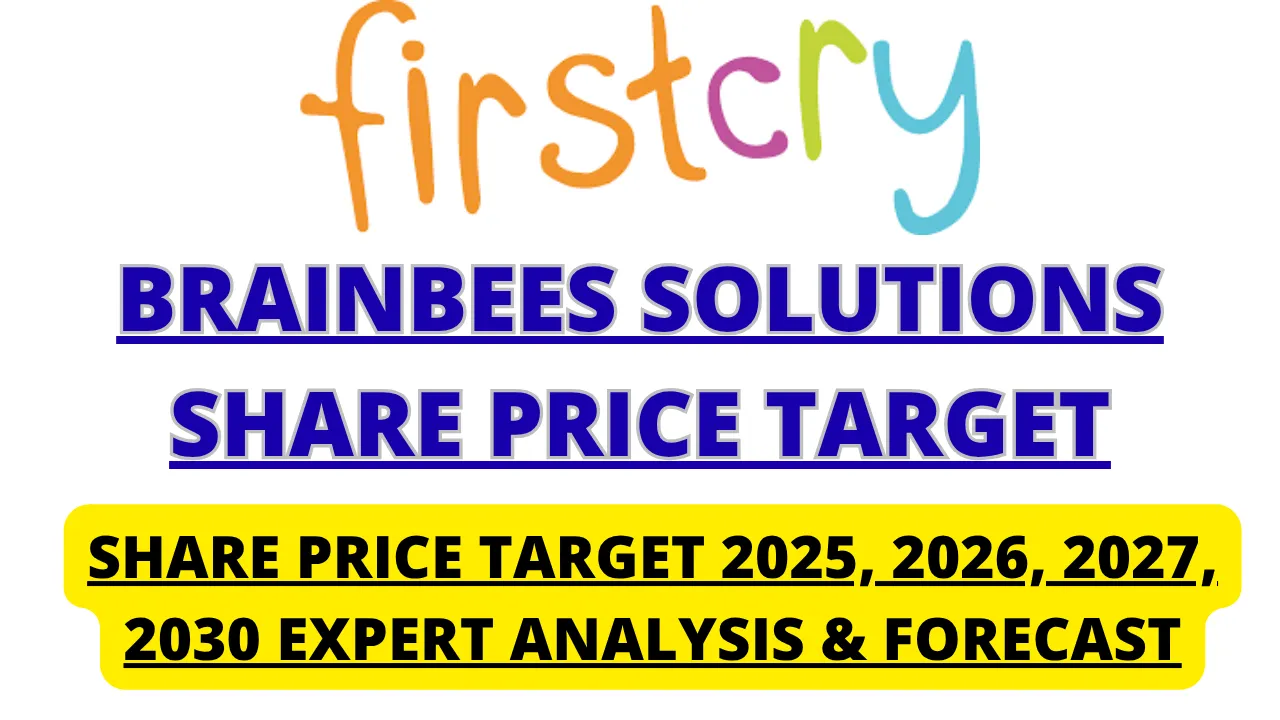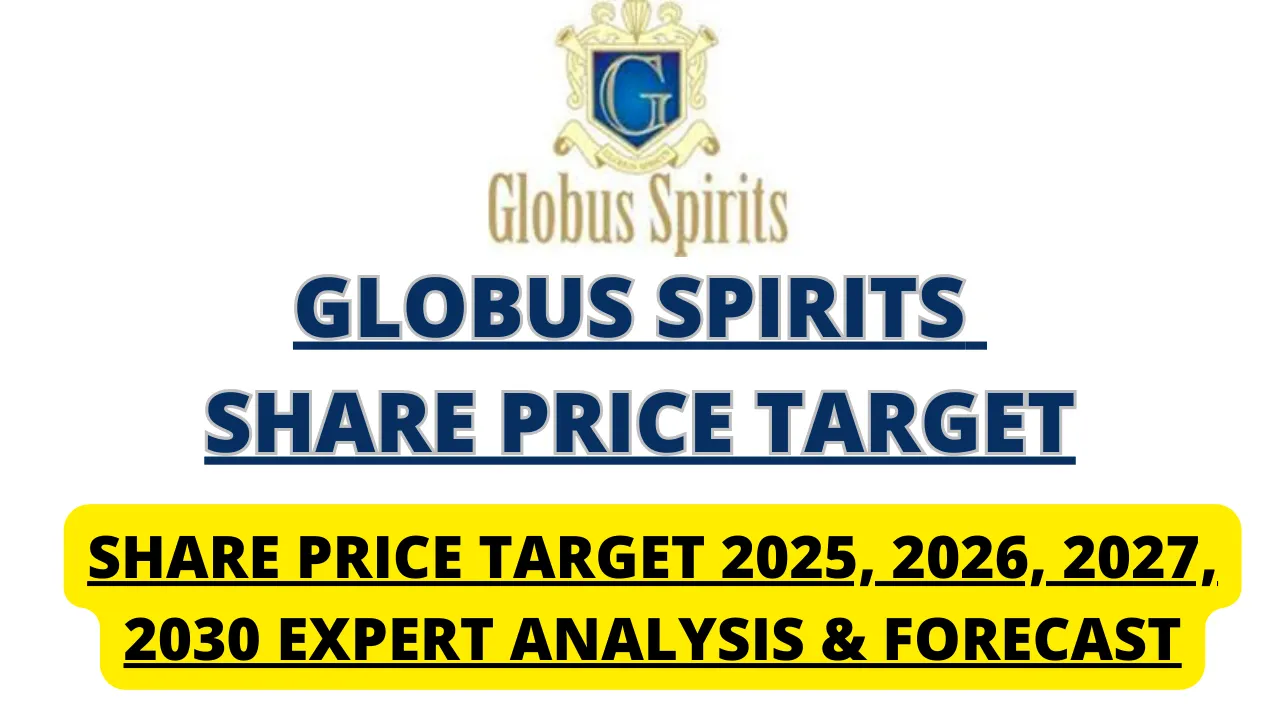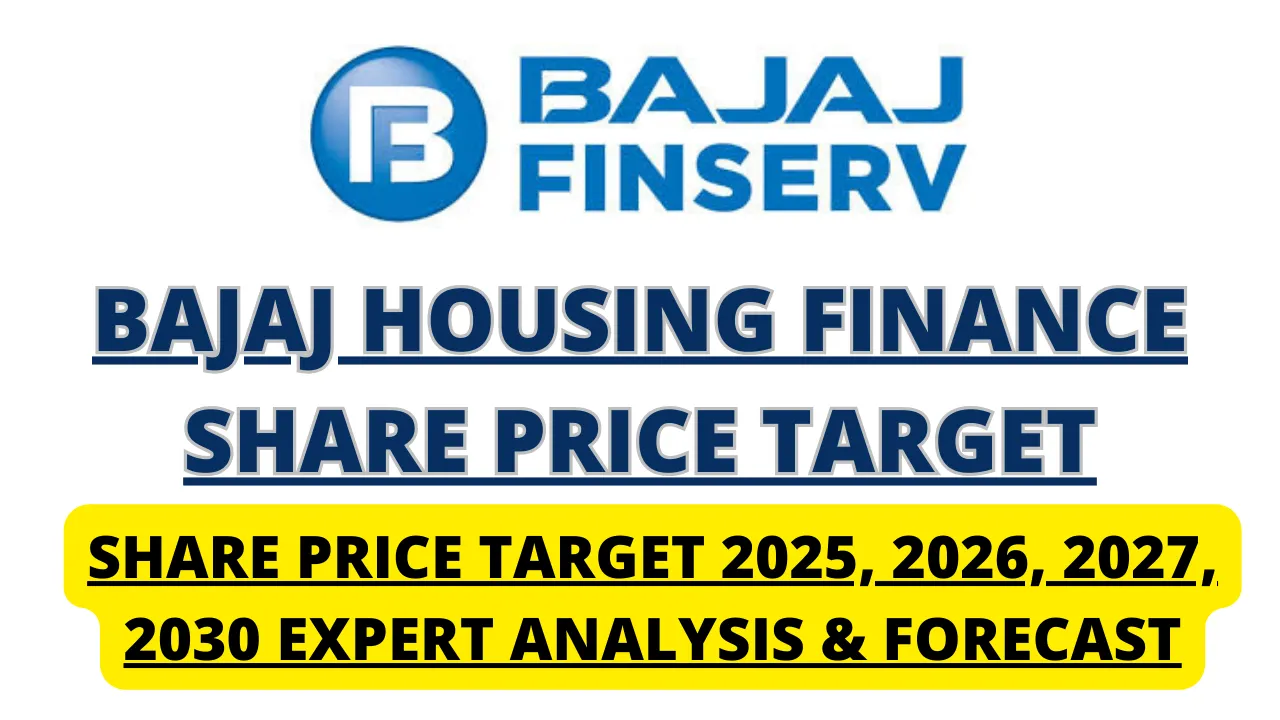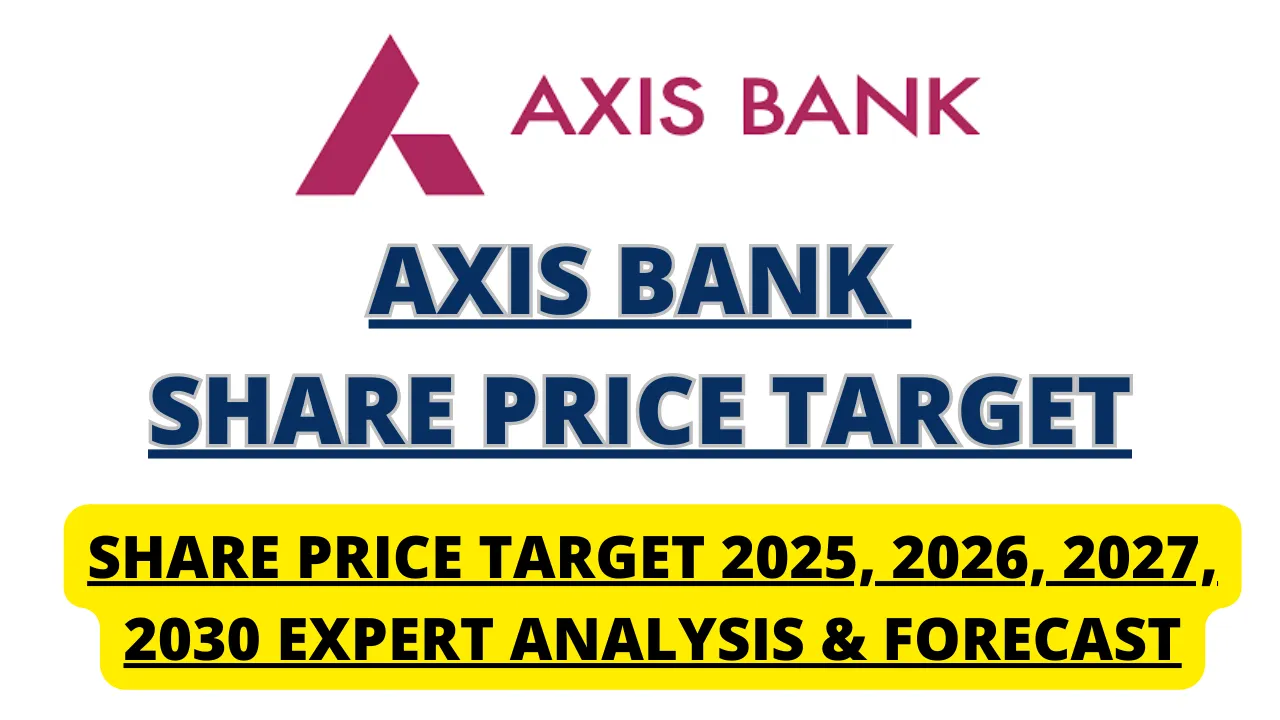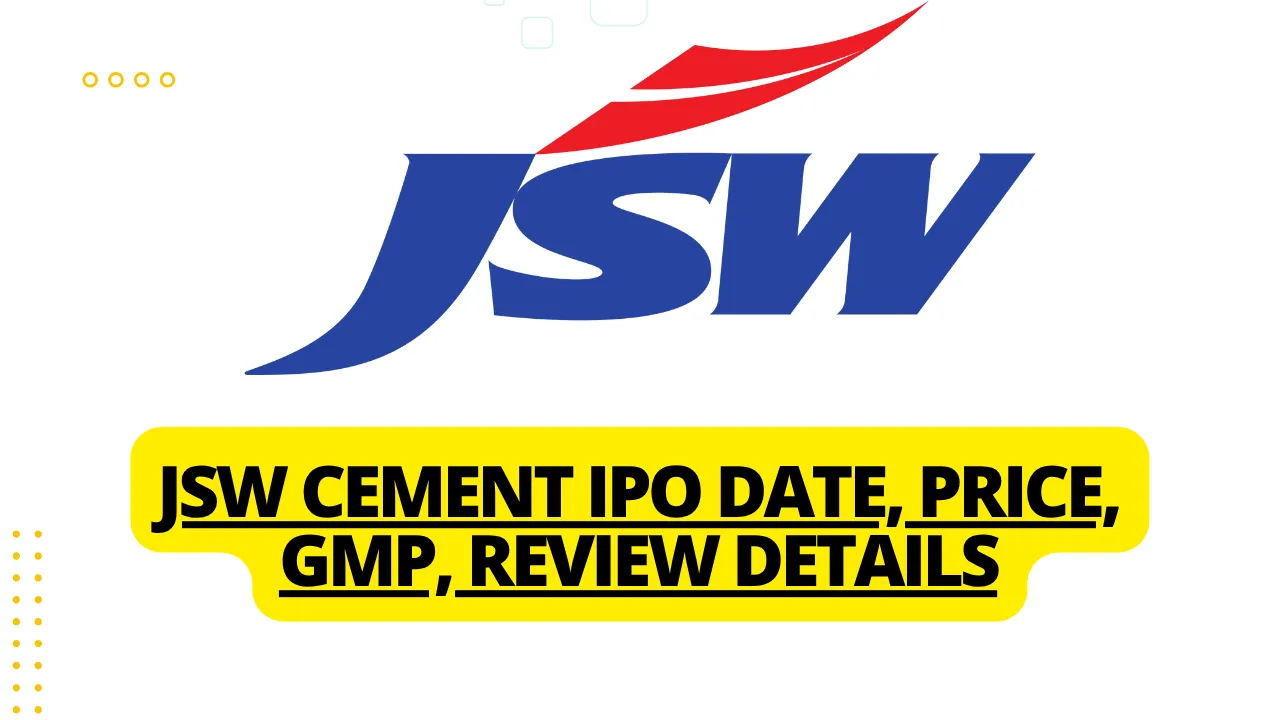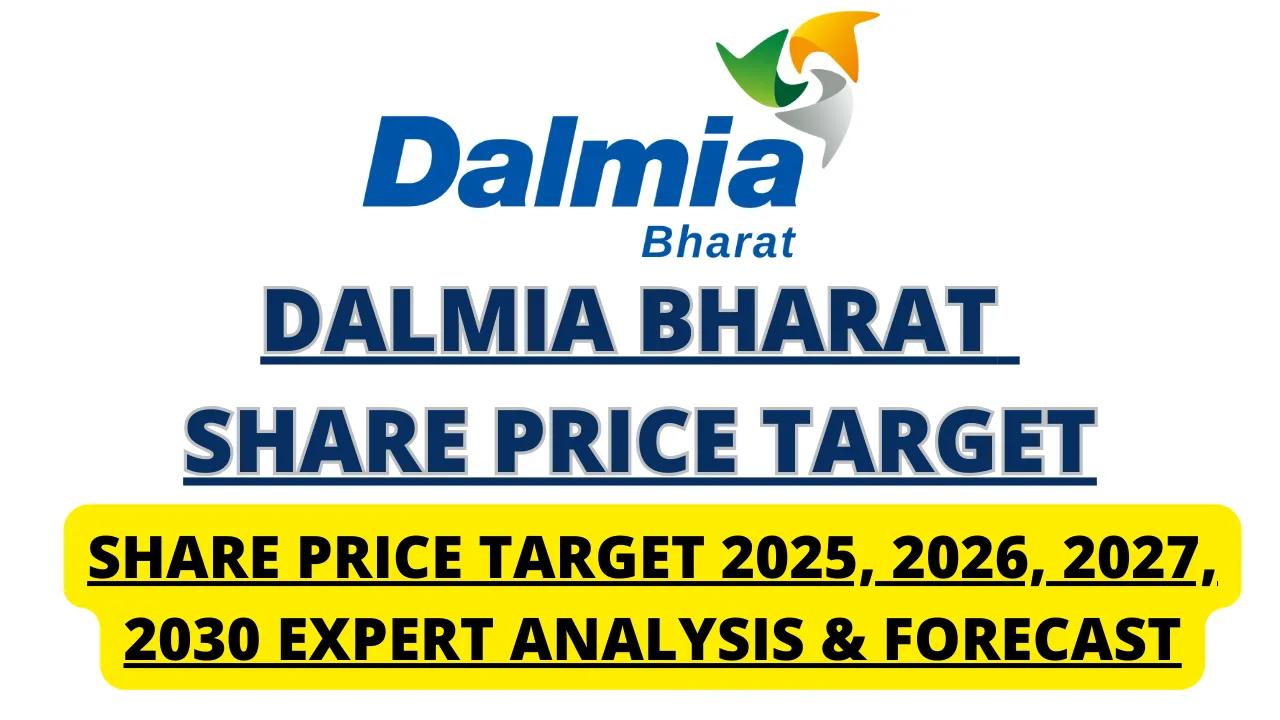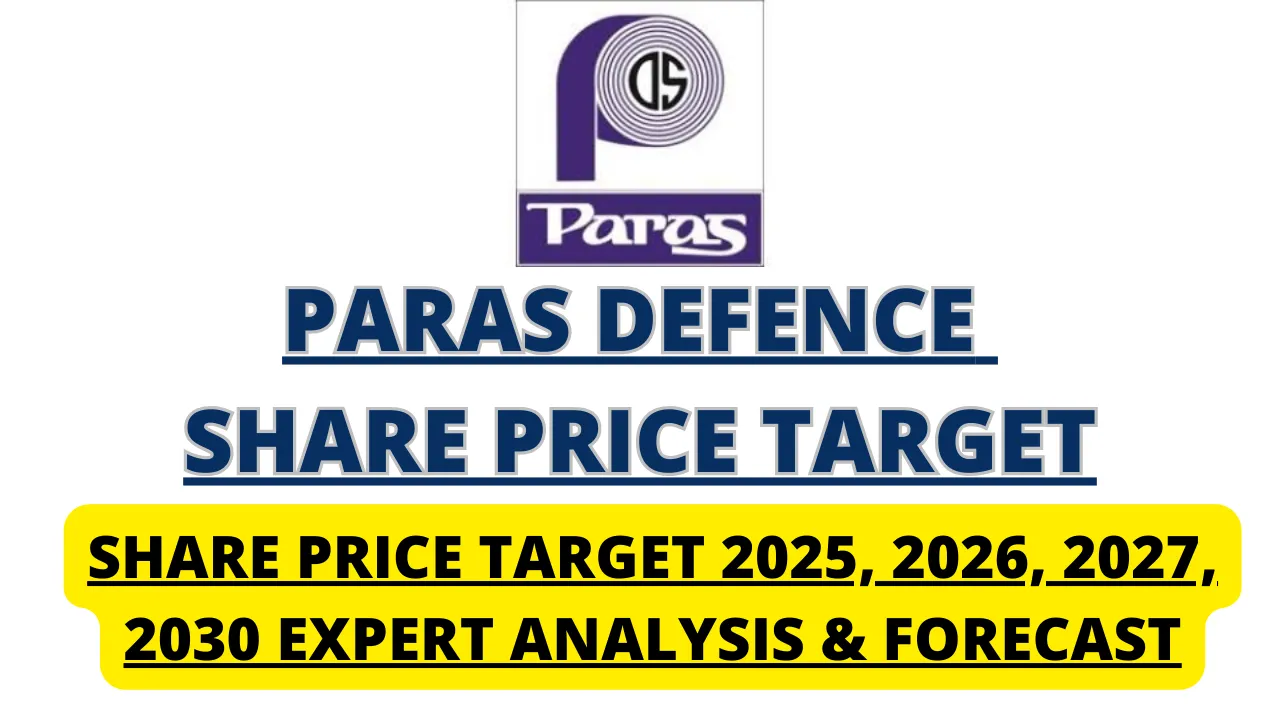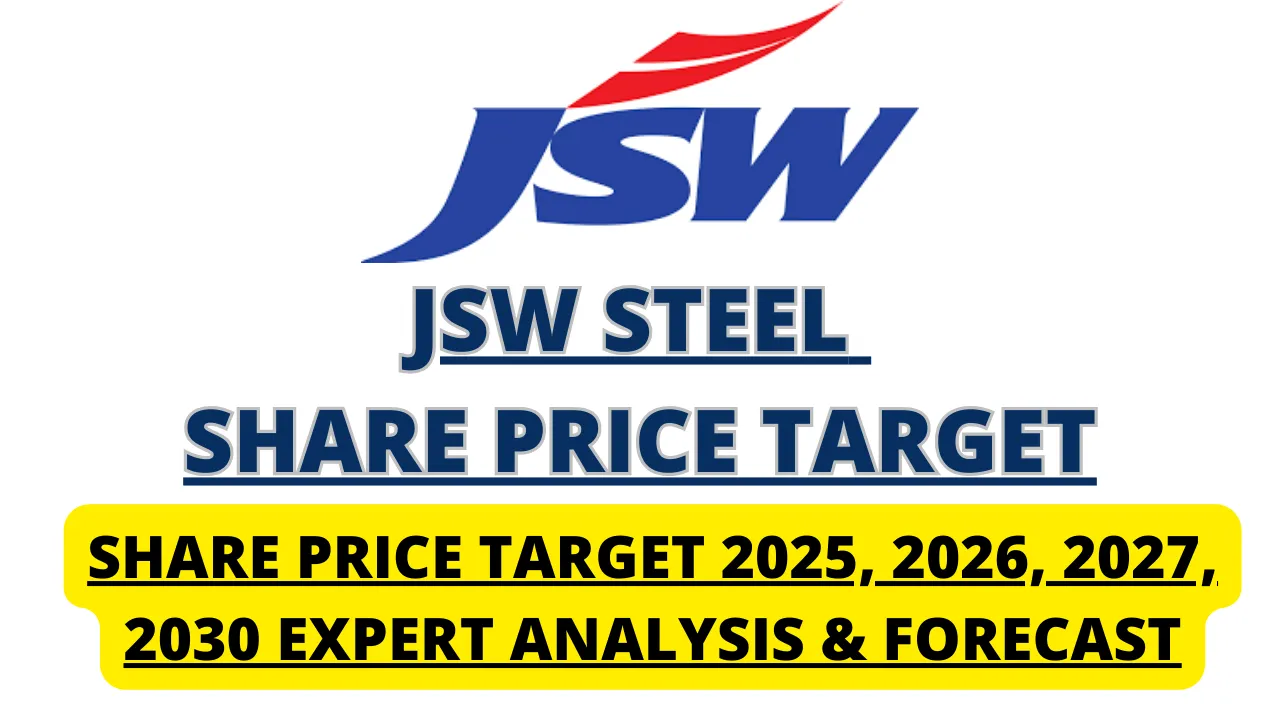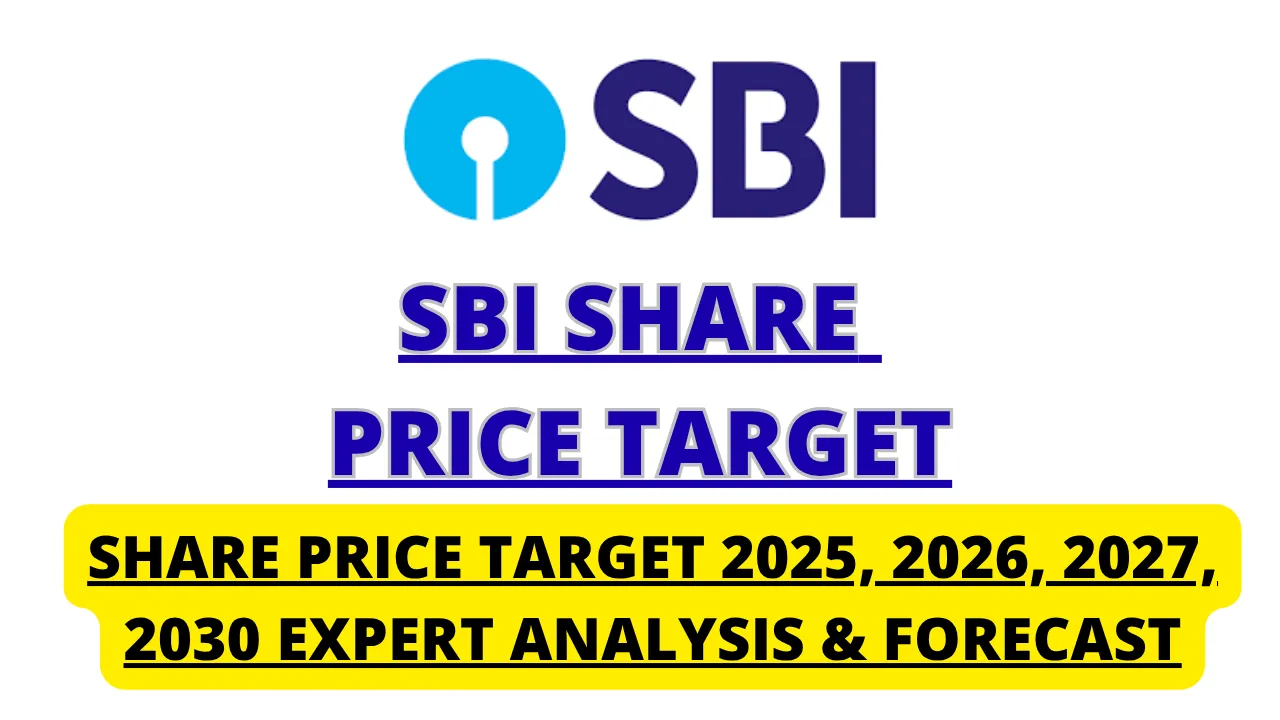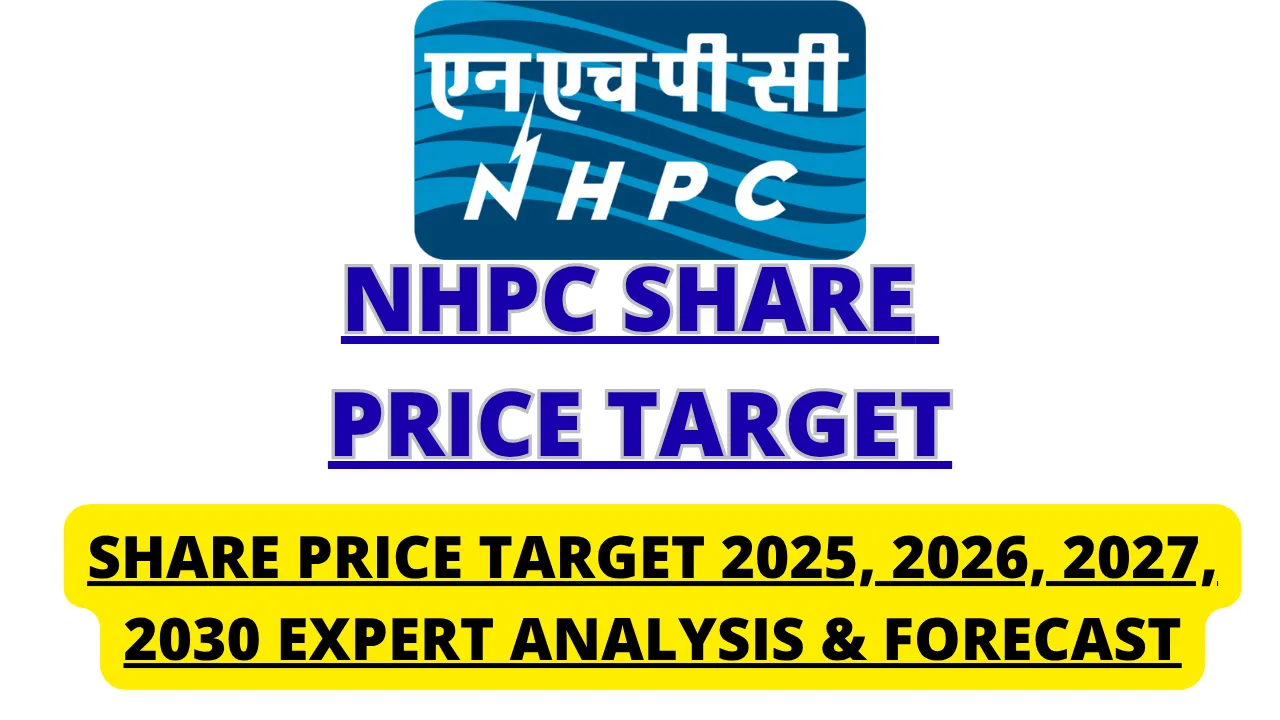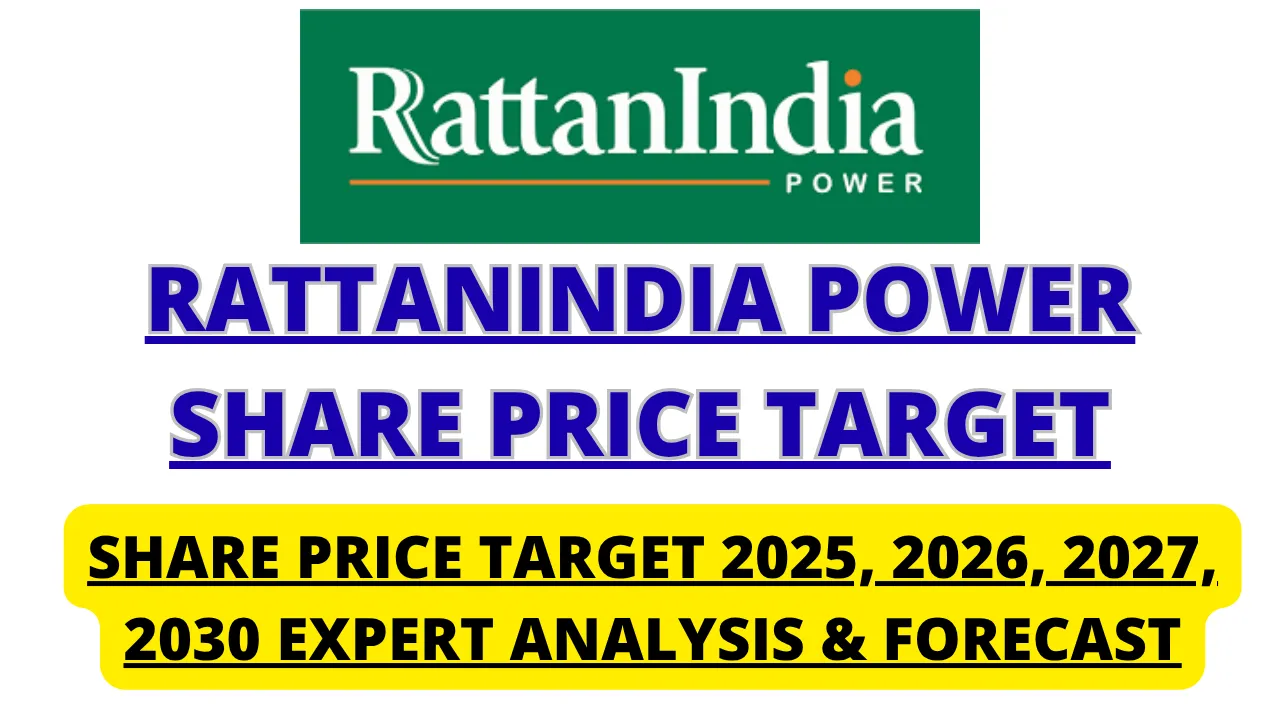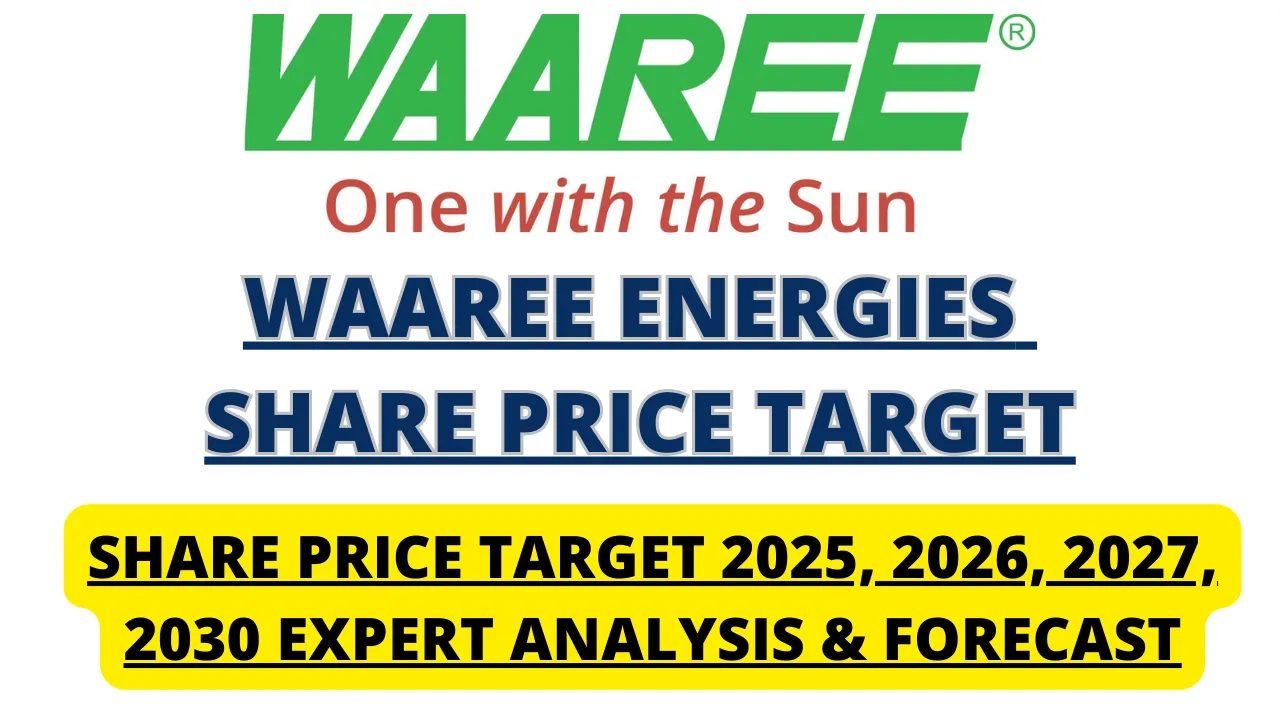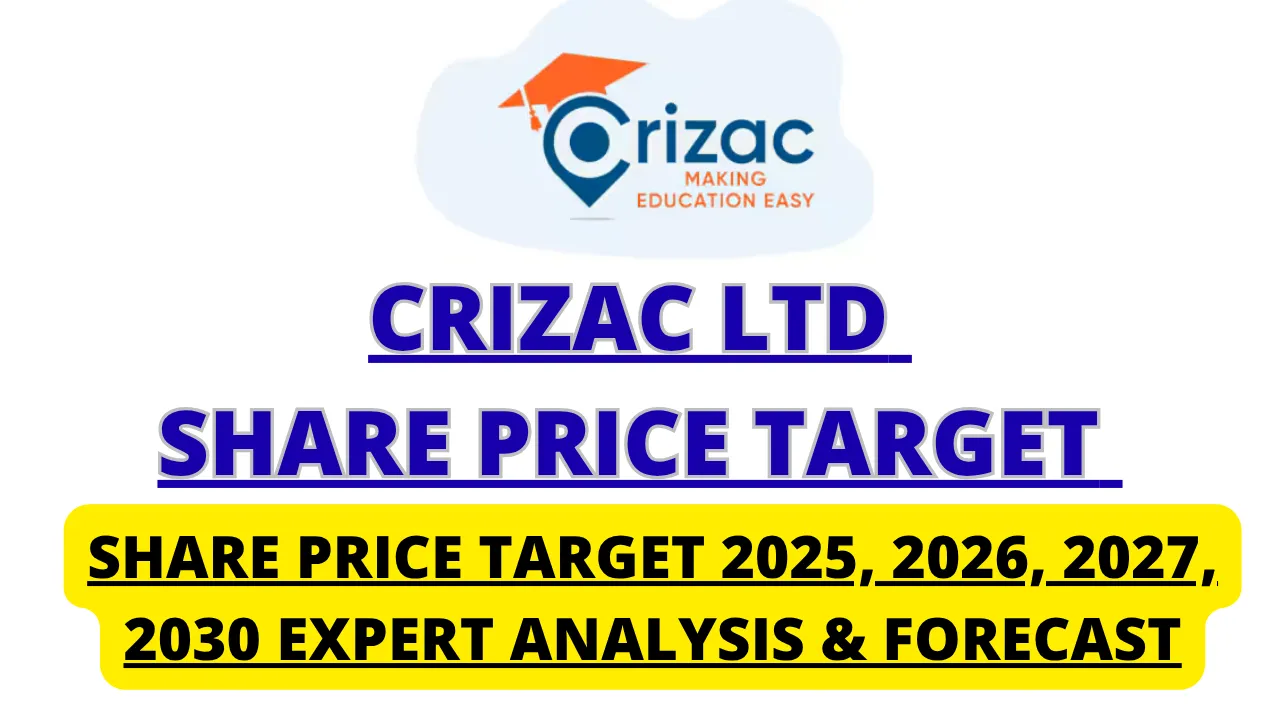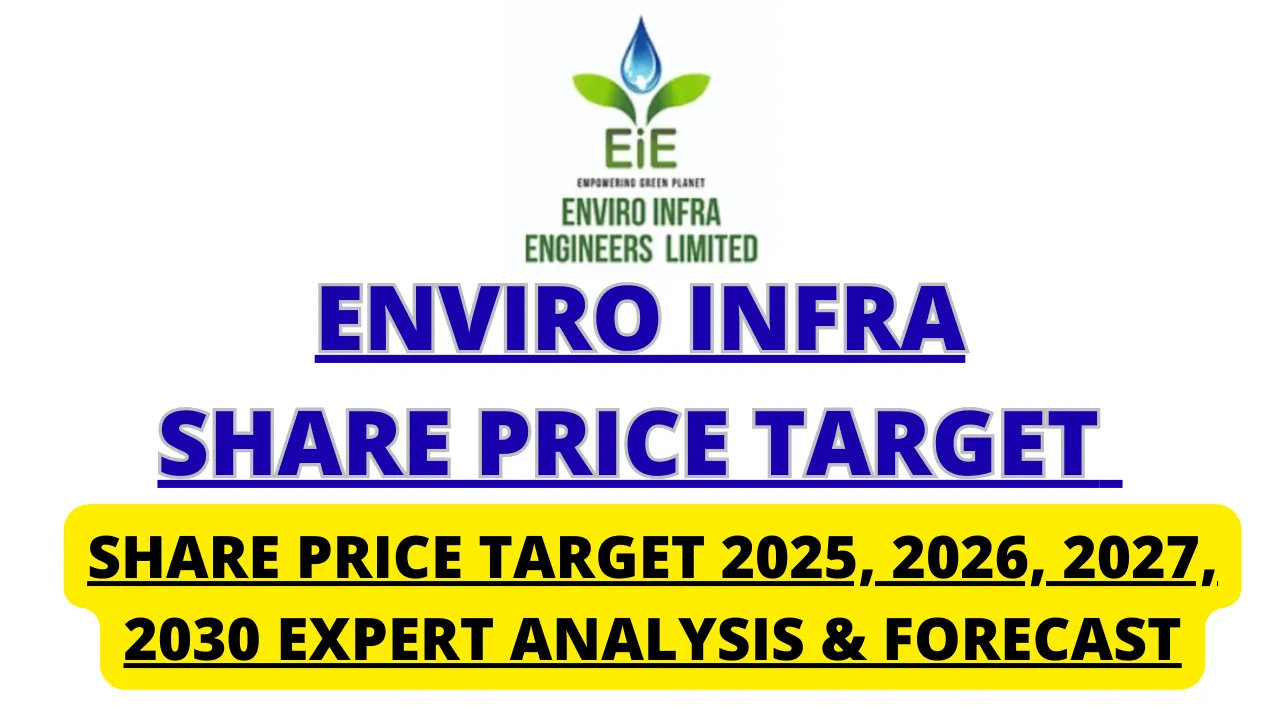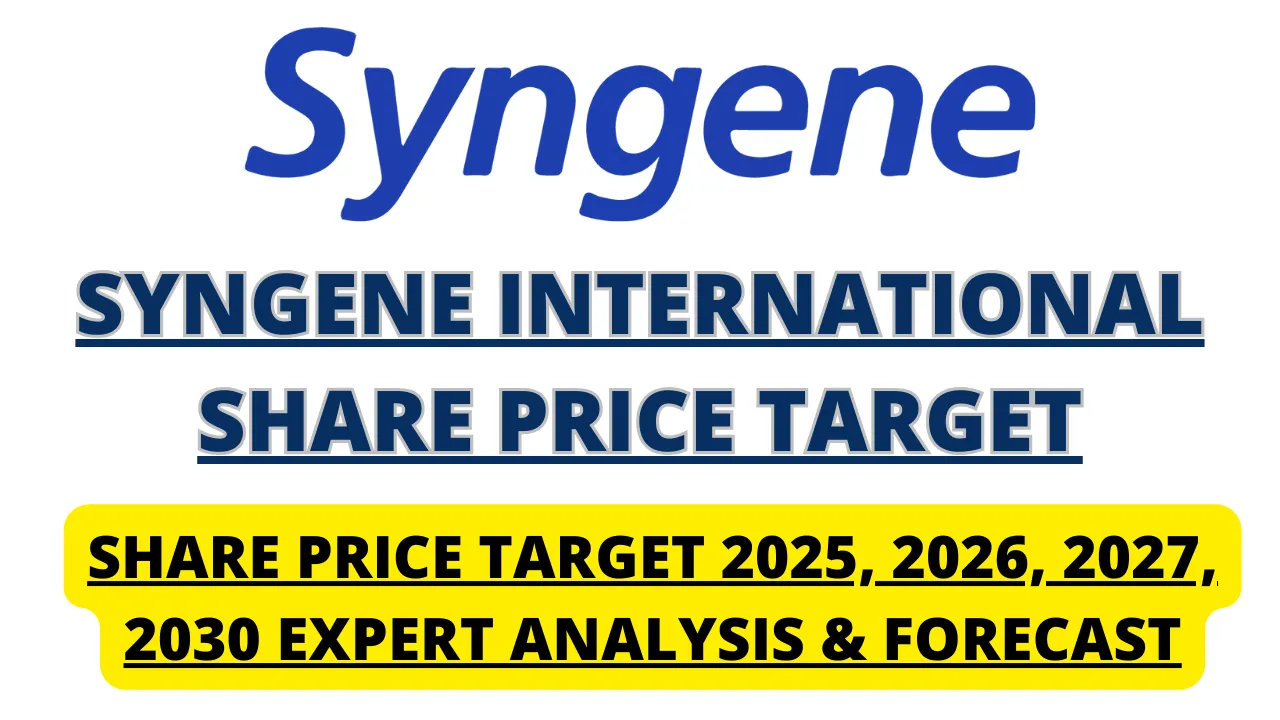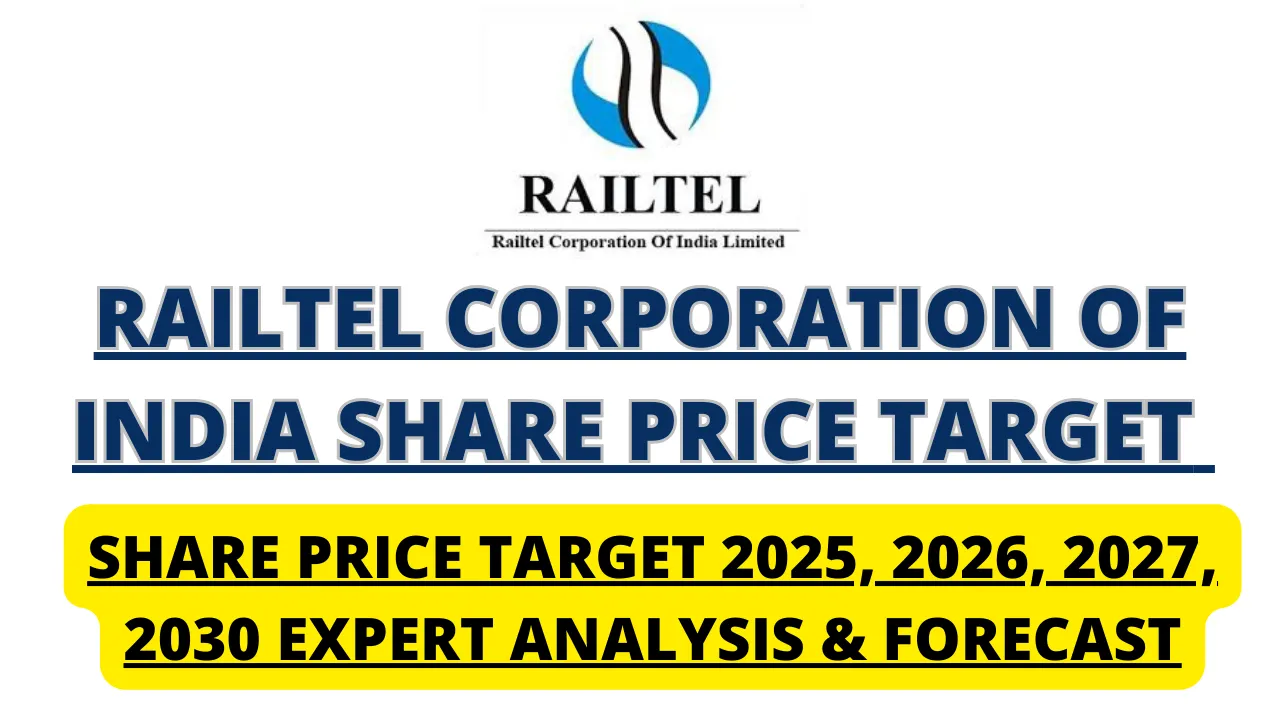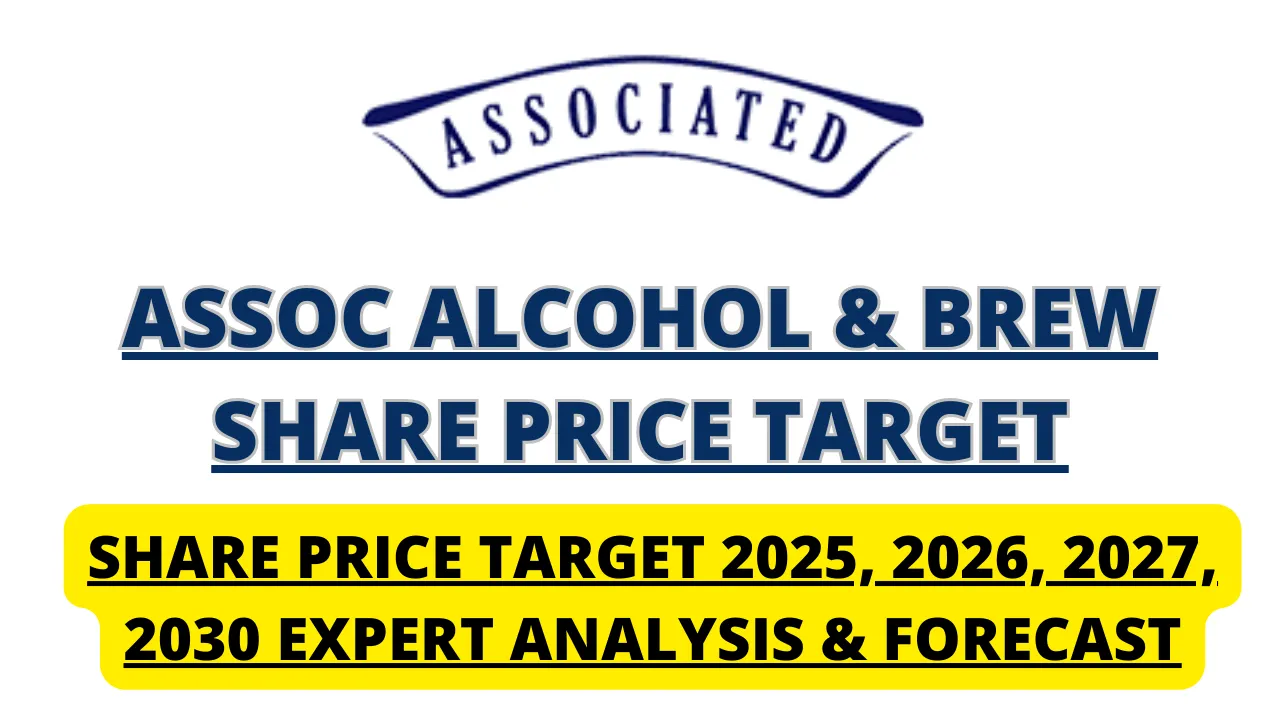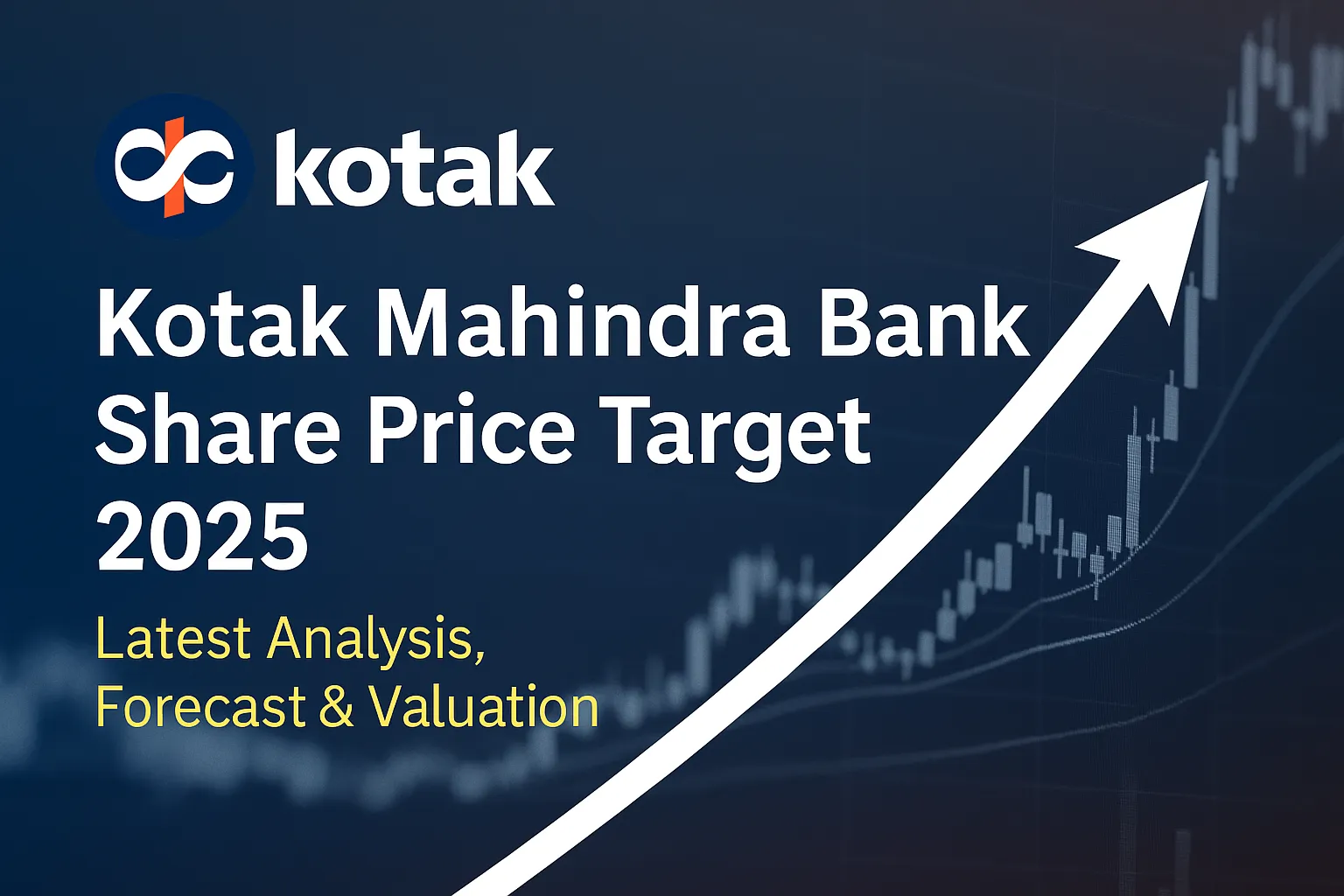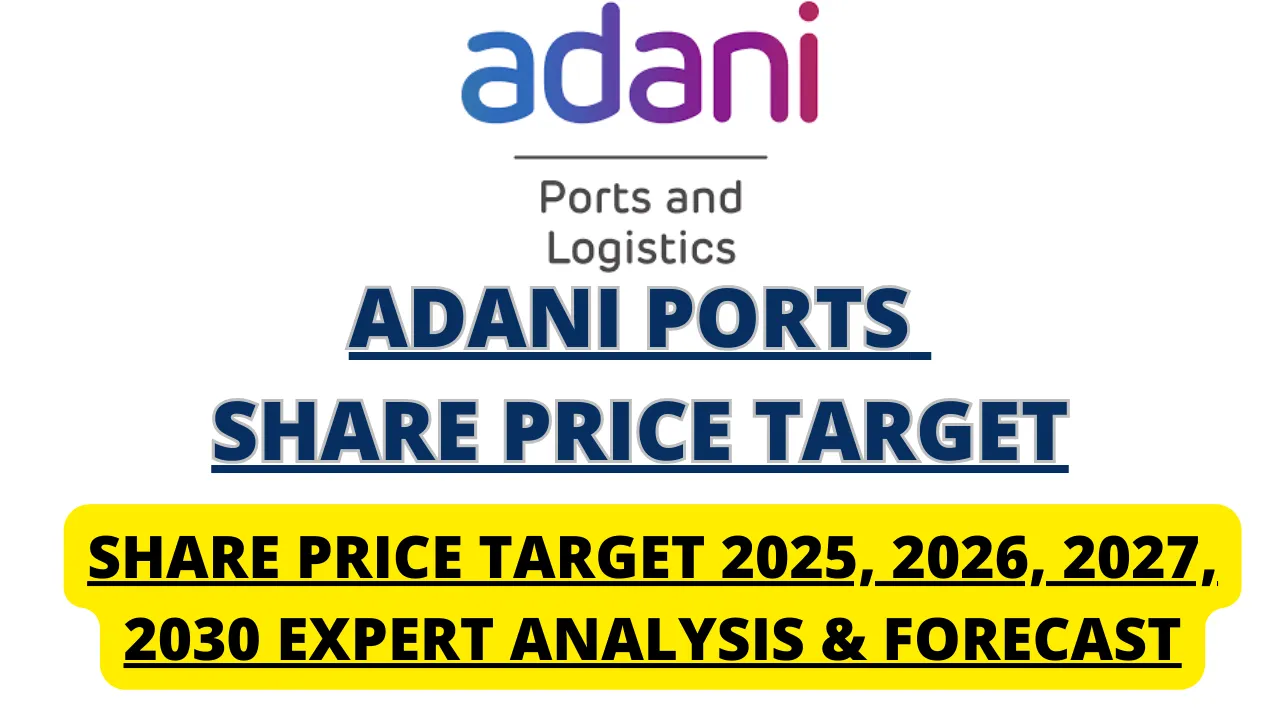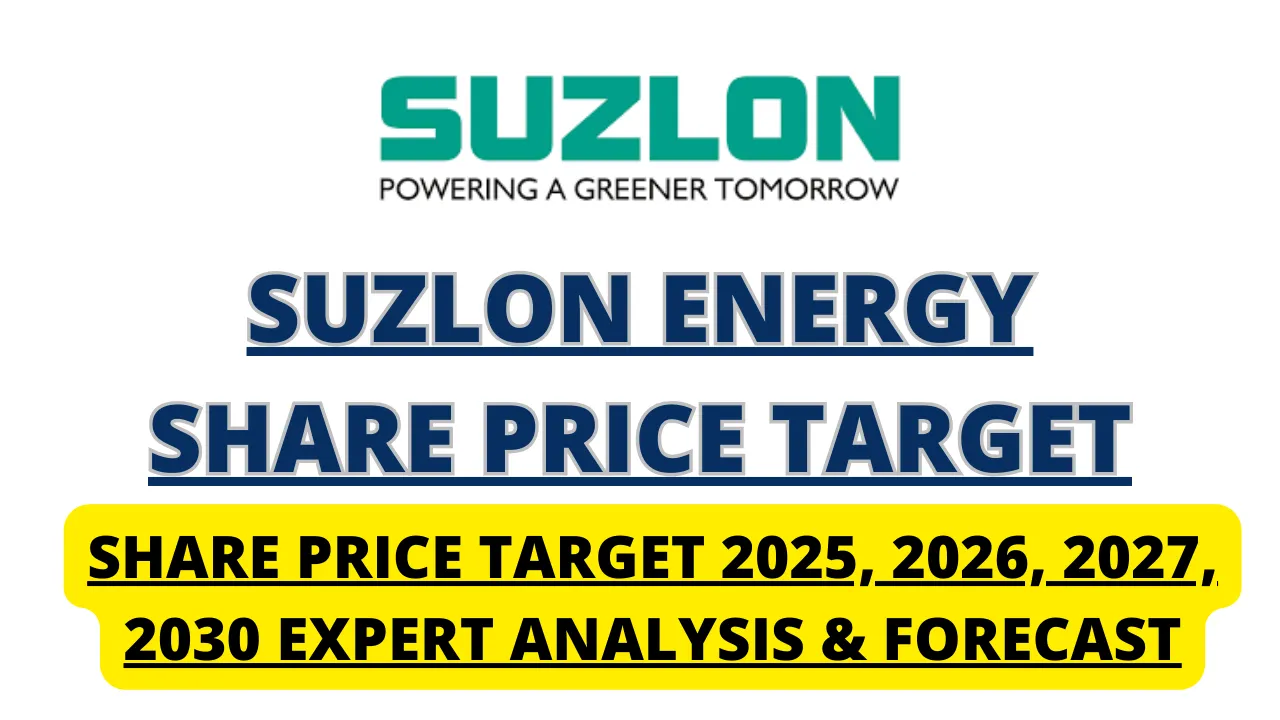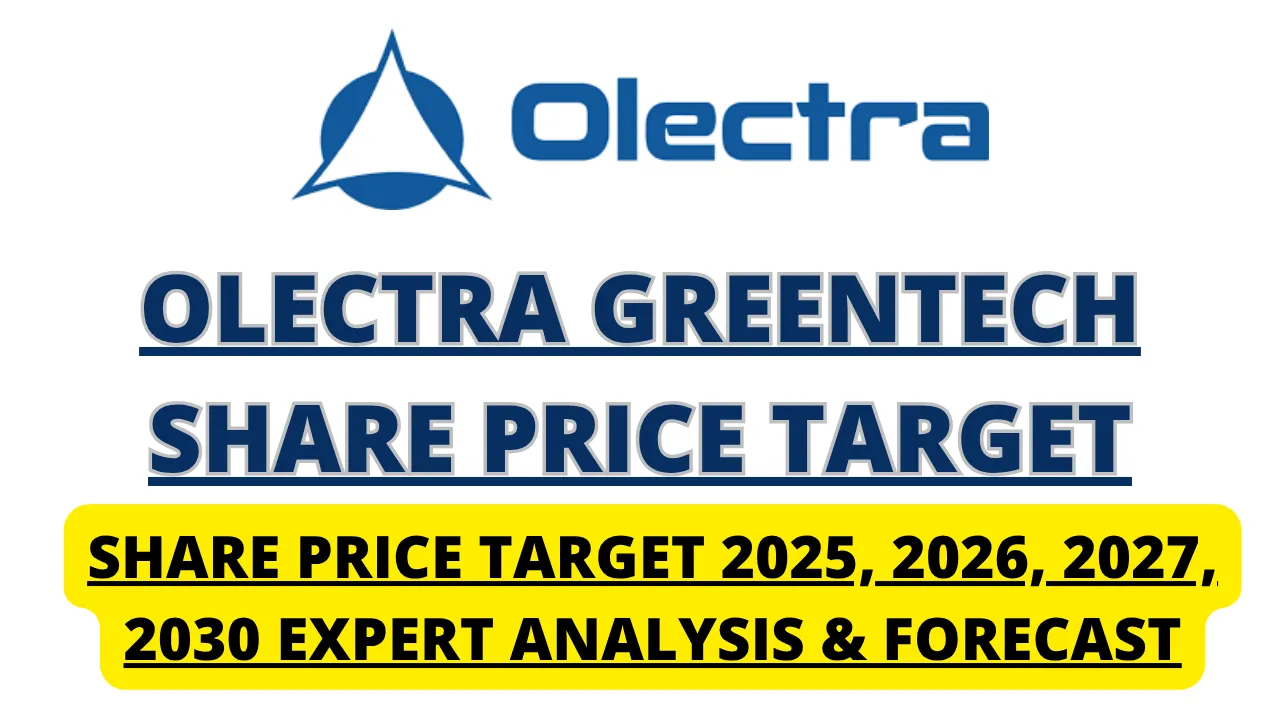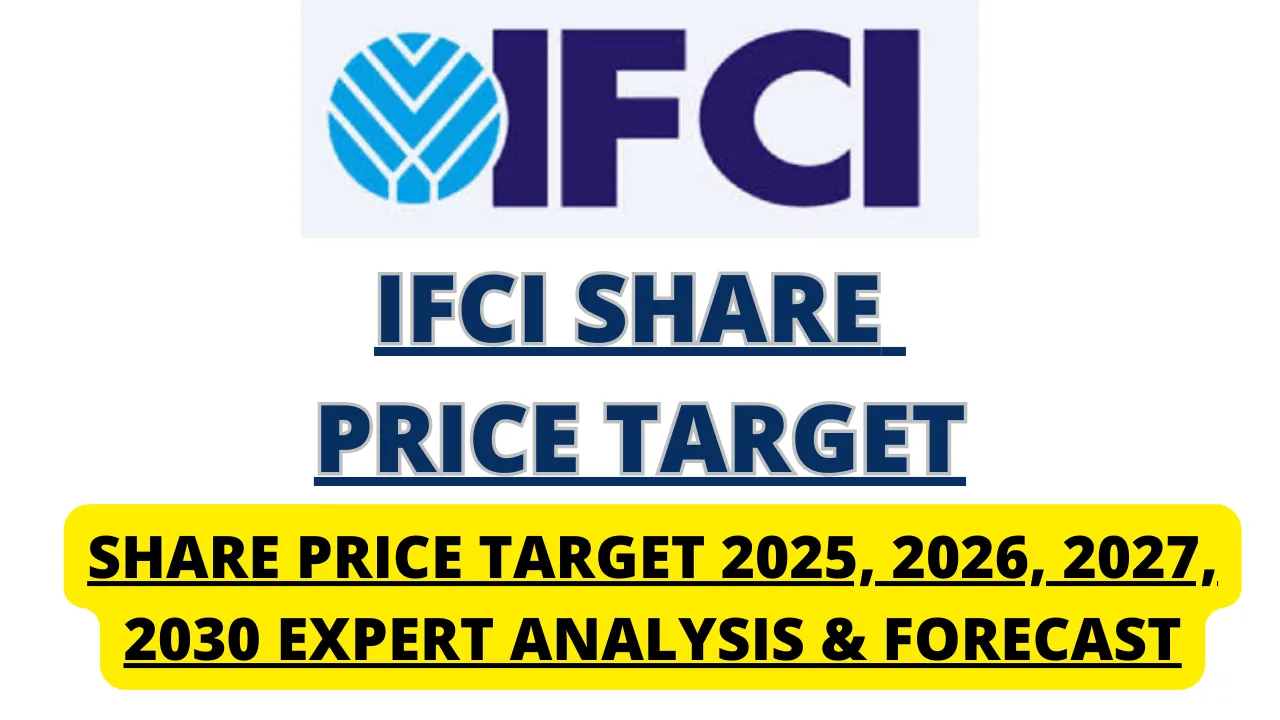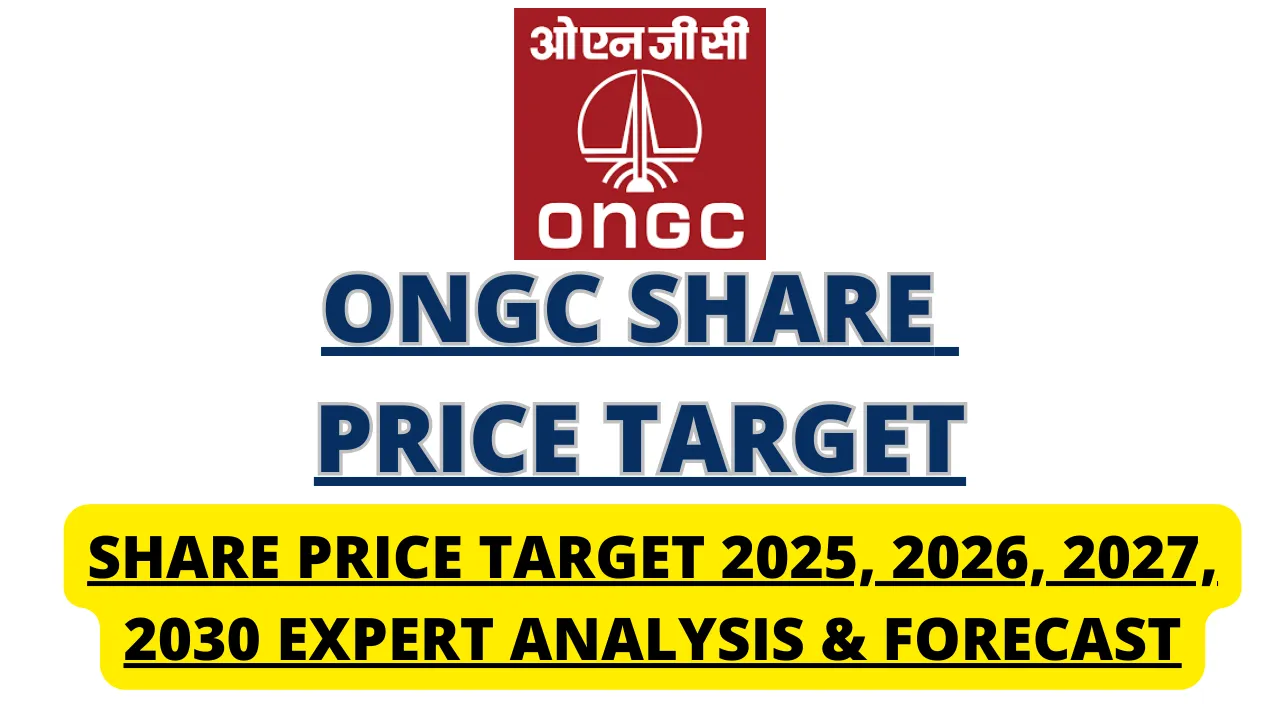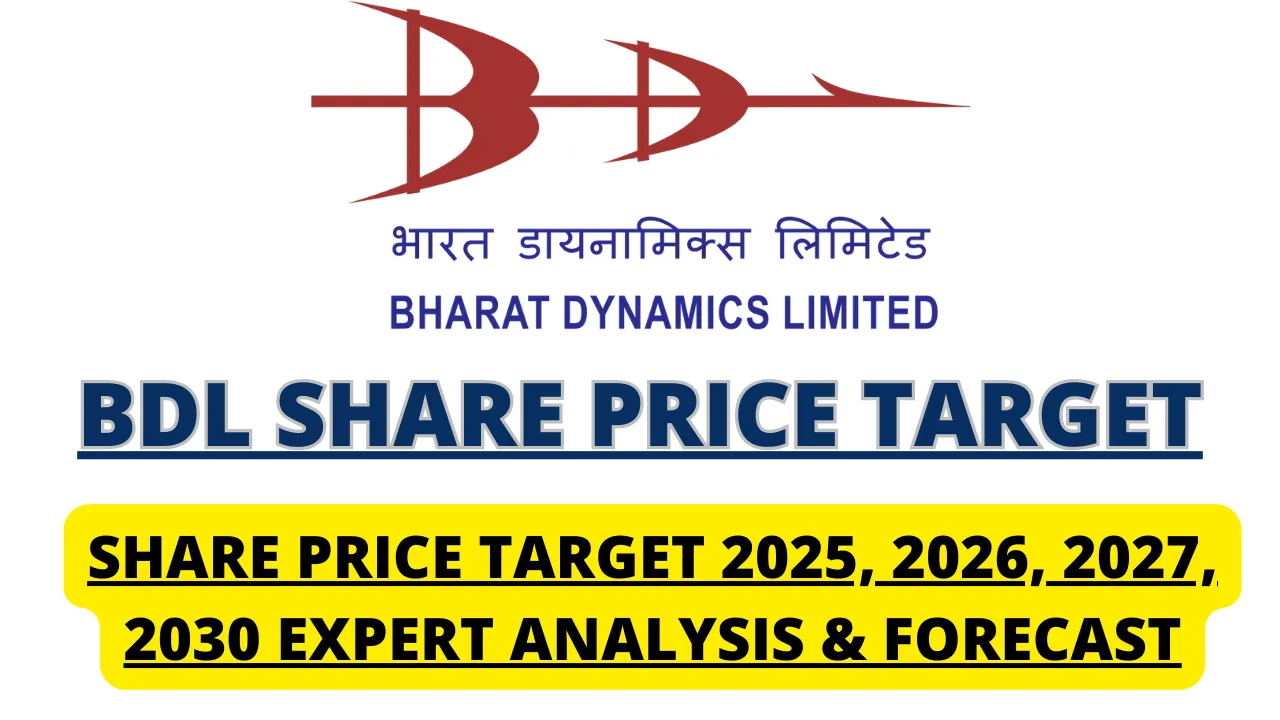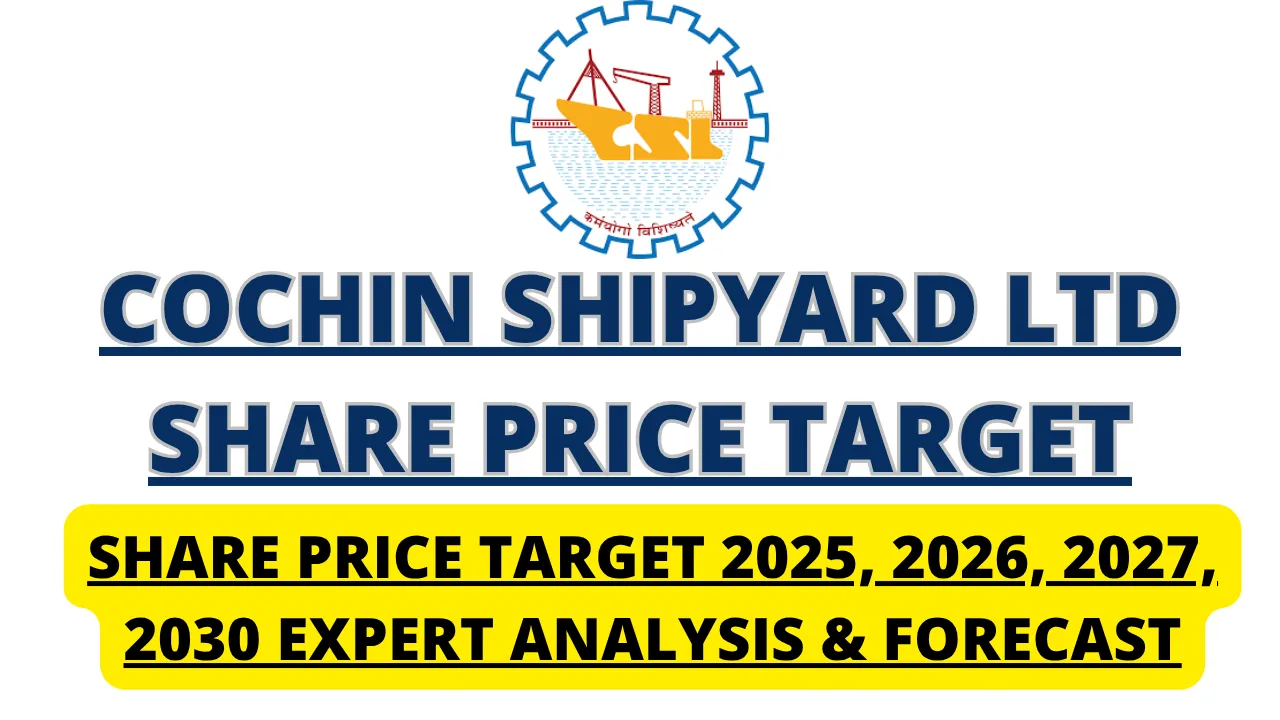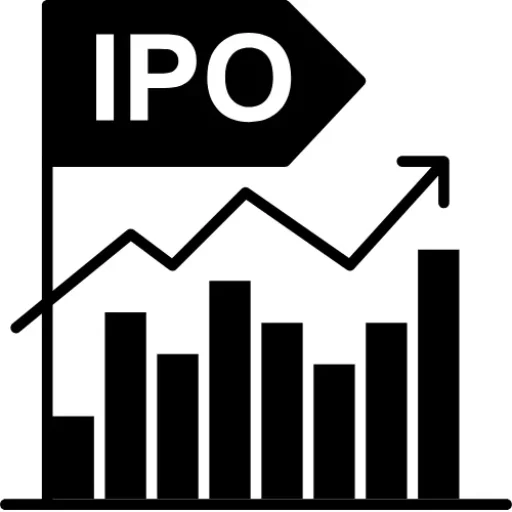Vishal Mega Mart Share Price Target 2025 to 2030; Vishal Mega Mart Ltd (NSE: VMM) is one of India’s leading value retail chains, targeting middle- and lower-middle‑income households through an extensive network of over 600 stores and an omnichannel presence. Listed in December 2024, the stock has seen strong initial performance—rising ~9% since IPO, recent 52-week high of ₹134.60, and a 52-week low of ₹96.
With a market cap of ₹58,900 crore and current trading near ₹126–127, analysts forecast substantial upside over the next five years. This article explores price targets, the business model, financials, growth drivers, and risks, forming a robust investment thesis.
Vishal Mega Mart Share Price Target 2025 to 2030
| Year | Minimum Target Price (₹) | Maximum Target Price (₹) |
|---|---|---|
| 2025 | 110 | 135 |
| 2026 | 140 | 200 |
| 2027 | 200 | 300 |
| 2028 | 250 | 350 |
| 2029 | 300 | 450 |
| 2030 | 350 | 600 |
Vishal Mega Mart 2025 Target: ₹110–₹135
In its debut year, the stock’s projected target ranges from ₹110 to ₹135. The lower bound aligns with IPO pricing and early EPS levels, while the upper bound reflects strong retail sales and same-store sales growth (SSSG) .
Retail analyst consensus from ETMarkets suggests a target of ~₹141, citing resilient performance in value retail and anticipated margin improvements.
Vishal Mega Mart 2026 Target: ₹140–₹200
By 2026, price could reach ₹140–₹200, driven by:
- Expansion beyond 600 stores with efficient capex.
- Incremental growth in private-label contribution.
- Improving SSSG and operational efficiencies from scale.
- Industry-average P/E 40x+ valuations factoring future growth.
Financial profitability and EBITDA leverage may push stock toward the upper range.
Vishal Mega Mart 2027 Target: ₹200–₹300
2027 projections assume:
- Continued store rollout and penetration into emerging towns.
- Strong consumer sentiment and discretionary spend among mass-market segments.
- Gradual introduction of loyalty programs and digital payment ecosystems.
Analysts expect earnings-led re-rating thanks to scale execution and EBITDA margin expansion.
Vishal Mega Mart 2028 Target: ₹250–₹350
In 2028, the stock could trend between ₹250 and ₹350 if:
- Same-store sales growth stays above 15%.
- Private-label and third-party brand contributions rise.
- Technology-driven evolution improves supply-chain, reduces shrinkage, and boosts margins.
At these levels, valuations (~30–35x forward EPS) imply a premium for execution risks.
Vishal Mega Mart 2029 Target: ₹300–₹450
Targets of ₹300–₹450 factor in sustained growth, deeper market penetration, and high-margin offerings such as home and lifestyle. The upper band anticipates earnings crossing ₹3–4 per share and consistent store productivity improvements.
Vishal Mega Mart 2030 Target: ₹350–₹600
A wide 2030 target reflects:
- Store base doubling to ~1,200 locations.
- Mature private-label business with significant share.
- Potential entry into tier 2/3 e-commerce platforms.
- Retailer valuation approaching ₹600, representing ~50x forward earnings.
This mirrors success stories of global value retail chains—assuming successful operationalization.
Vishal Mega Mart Business Model & Competitive Edge
Vishal Mega Mart’s success is rooted in:
- Servicing Aspirational India: Catering lower-middle class via affordable private-label apparel, general merchandise, and FMCG.
- Omnichannel Footprint: 626 stores plus online operations via app and website.
- Efficient Supply Chain: Private-label sourcing in-house and from contract manufacturers improves margins.
- Pan-India Reach: Ranked among the top three offline‑first diversified retailers.
As household incomes rise, demand for value retail rises—a structural tailwind.
Vishal Mega Mart Financial Snapshot
Latest FY24 figures show:
- Revenue: ₹8,912 crore
- EBITDA: ~₹1,277 crore (by calculating revenue minus expense)
- Net Profit: ₹462 crore
Key metrics:
- PE: ~104× current EPS of ₹1.02 reflects high expectations
- PB: ~8.5×, Debt/Equity ~0.24, indicating modest leverage
High valuation contrasts with industry P/E ~42×, suggesting room for repricing as growth materializes.
Vishal Mega Mart Shareholding & Ownership
Promoter holding stands at ~76%, with small FII (~4.5%), DII (~1.5%), MF (~4.4%), and retail (~13.5%). Q4 FY25 saw promoter dilution to ~74.6%, indicating potential capital raise for expansion .
Vishal Mega Mart Risks & Challenges
While the outlook is positive, consider these risks:
- Overvaluation Risk: PE of 100× is steep; any earnings hiccup may trigger re-rating.
- Operational Execution: Rapid store growth demands capex discipline and supply-chain scale.
- Competitive Pressure: From e-commerce and large retail players with economies of scale.
- Consumer Sentiment Fluctuations: Budget-conscious households may reduce discretionary spending in downturns.
- Interest Rate Movements: Higher interest costs can suppress discretionary consumption.
Vishal Mega Mart Investment Summary
- Short Term (12–18 months): Entry near ₹125 may yield ₹135–₹200 with execution clarity and margin expansion.
- Medium Term (2027–2028): ₹200–₹350 is feasible if growth accelerates across metrics.
- Long Term (2029–2030): Reach toward ₹600 level possible if scale, execution, and valuations uncover.
Targets assume ~20–25% CAGR in earnings, sustained store additions, private-label scale-up, and conservative valuations (~35–50x P/E) as growth steadies.
Conclusion
Vishal Mega Mart stands at the intersection of structural retail growth and consumer aspirations. While valuations are lofty, the company’s execution on store expansion, private‑label scaling, omni-channel strategy, and operational discipline are key to delivering growth and investor returns.
2025 to 2030 Share Price Outlook:
- Base case: ₹250–₹350
- Bull case: ₹600 by 2030, predicated on execution and modest valuation multiples
Early entrants aiming for mid- to long-term value can find attractive opportunity if retail execution stays on track and valuations align with fundamentals.
Disclaimer: This analysis is for information purposes only and does not constitute financial advice. Please consult a qualified advisor before making investment decisions.
